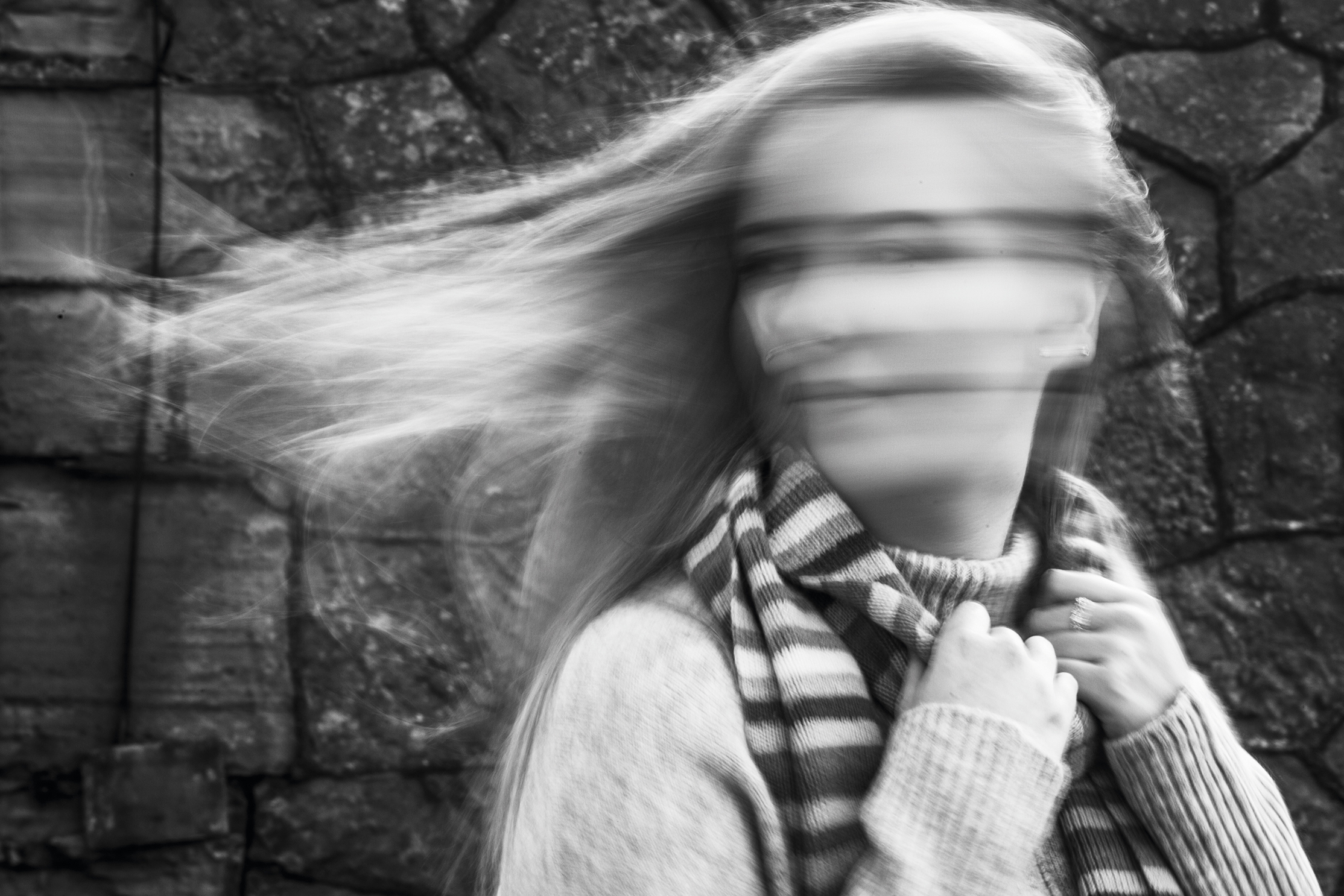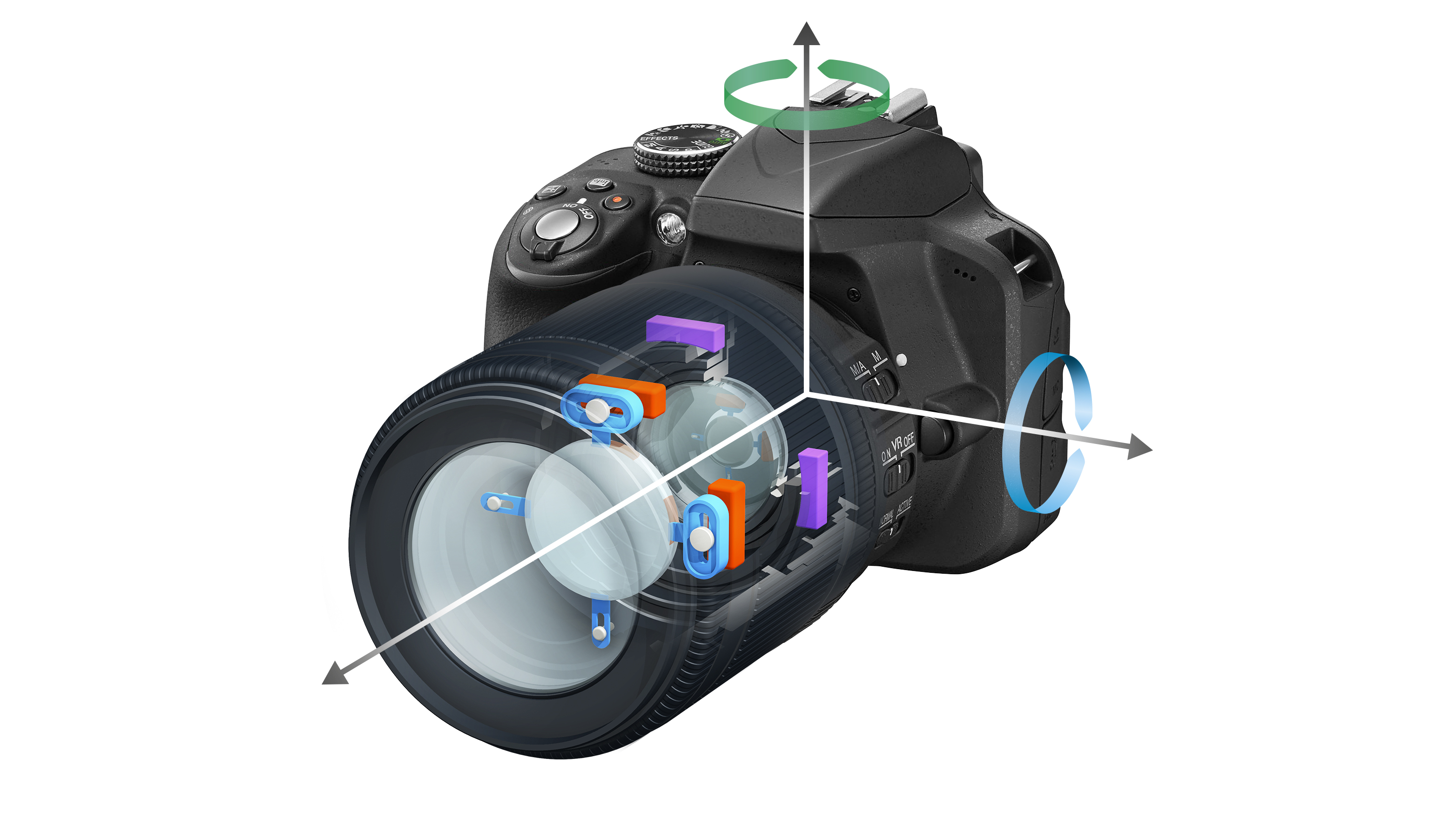What is camera shake and why does it happen?
Pictures are sometimes spoiled by unwanted movement from the camera itself; find out what causes it and how to avoid it

Camera shake is a term used to describe the involuntary blurring of a picture that occurs when the camera is moving at the time of exposure. It’s relatively easy to identify, as nothing in the picture will be fully sharp – all the defined edges in the frame will be streaking or indistinct.
Sometimes, if you want to capture blur creatively, the effects of camera shake are a desirable outcome and something you want to achieve on purpose.
This is a technique usually referred to as intentional camera movement (or ‘ICM’) but in most cases, camera shake something everyone wants to avoid.

Camera shake occurs because the camera’s shutter speed is not fast enough to ‘freeze’ any movement of the camera as the exposure is recorded.
An instant fix is to use a tripod because when it's on a firm platform, the camera can no longer move and cause the problem. But when handholding, it’s a different story, and it’s compounded by the focal length in use. When using a longer focal length (or a macro lens), any shake is exaggerated owing to the magnification of the subject you’re shooting.
'Safe' handheld shutter speeds
To combat shake when handholding, the general rule of thumb is to make sure that the shutter speed is at least as fast as the focal length in use. So if you’re using a 50mm lens, you need a shutter speed 1/50sec or faster, and if you’re using a 300mm lens, you need at least 1/300 sec to bag a shake-free shot.
These speeds are a rough guide and assume you are holding the camera as still as possible but give you some idea of what’s required to avoid the dreaded shake. It’s worth noting that the figures are based on full-frame cameras, too, so if you’re using an APS-C format camera, then you’ll need to multiply the focal length by around 1.5x to get the corresponding shutter speed.
Get the Digital Camera World Newsletter
The best camera deals, reviews, product advice, and unmissable photography news, direct to your inbox!
Image stabilization

With image stabilisation systems, a powered optical system in the lens or micro motors in the camera body serve to hold the camera still, and the shutter speed can be up to 3-6 stops slower than the rule-of-thumb 'safe' shutter speeds above.
This means that with a handheld shot that would normally require a 1/500 shutter speed, you can often get a shake-free shot at just 1/60sec.
Although the technology is amazing, remember that IS systems won’t do anything to freeze the motion of a subject, so if your subject is moving, using a shutter speed that’s too slow will result in motion blur in the subject, even though the shot may be free of camera shake!
Read more:
• Best cameras to buy
---
• Best cameras for low light
• Best beginner cameras
• Best tripods
Jon started out as a film-maker, working as a cameraman and video editor before becoming a writer/director. He made corporate & broadcast programmes in the UK and Middle East, and also composed music, writing for TV, radio and cinema. Jon worked as a photographer and journalist alongside this, and took his video skills into magazine publishing, where he edited the Digital Photo magazine for over 15 years. He is an expert in photo editing, video making and camera techniques.

